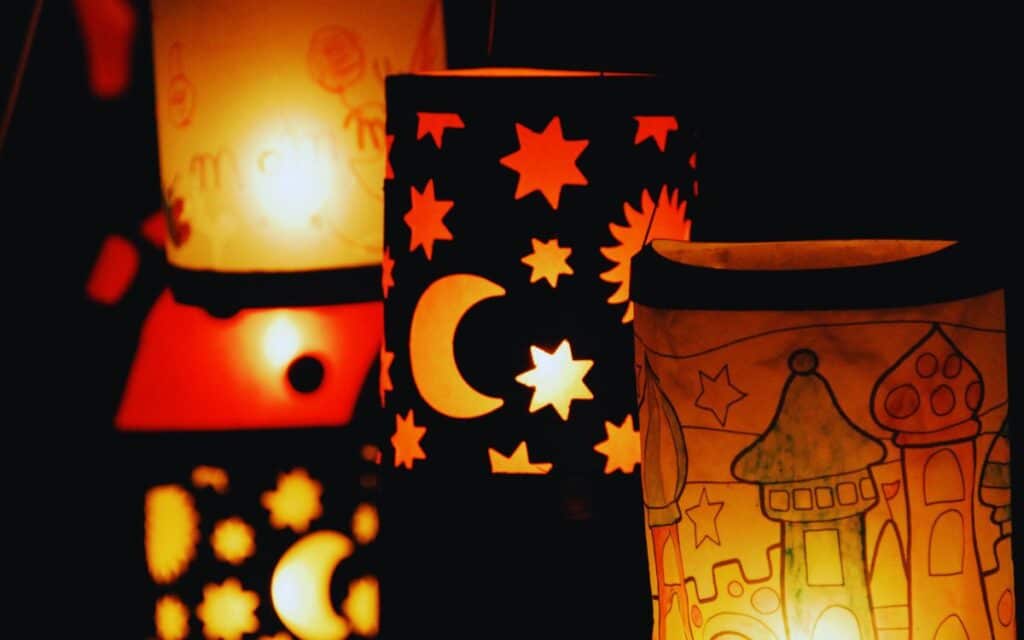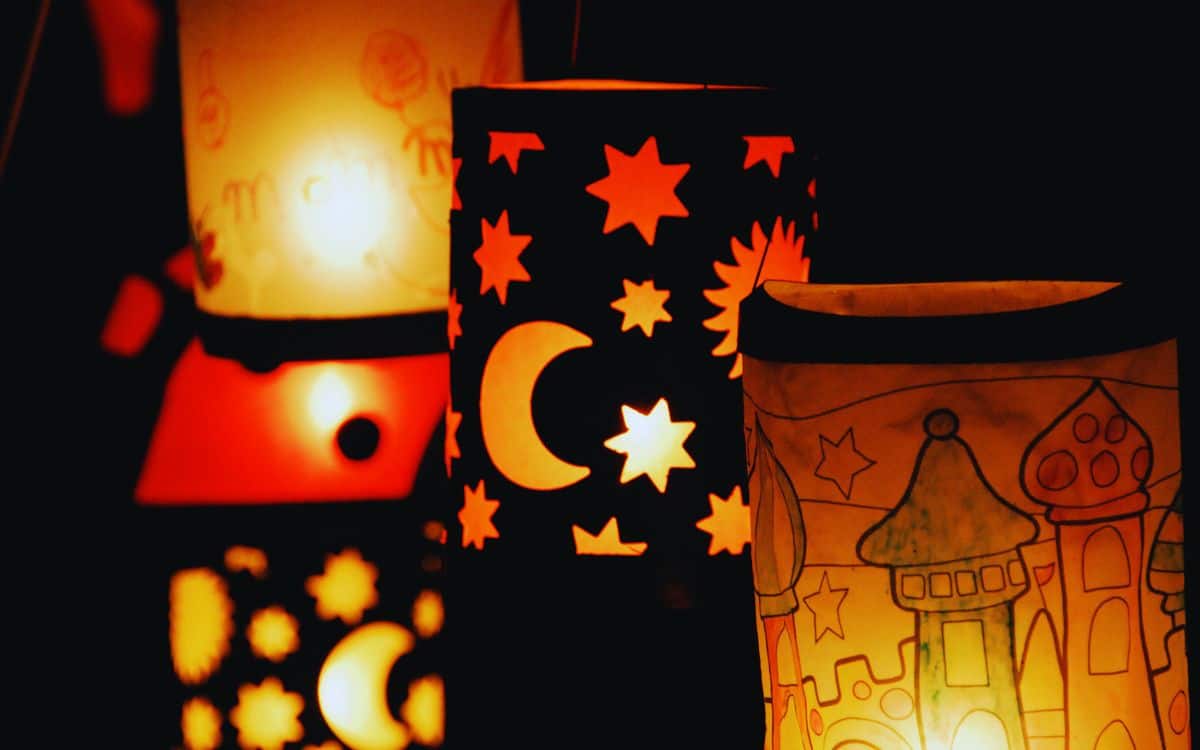Martinmas, a forgotten celebration on 11 November also known as Old Halloween, marks the descent into winter with eerie superstitions and blood sacrifices across the British Isles and Ireland

Let’s journey back in time to explore Martinmas, a forgotten festival once celebrated across the British Isles and Ireland.
Known as the “Old Halloween” or “Killing Time”, Martinmas marked the end of autumn, the slaughtering of livestock, and the descent into winter.
Steeped in practical necessity and eerie superstition, it was a time when the boundaries between the living and the dead seemed to blur, and the darkness of the season seeped into everyday life.
The Killing Time: Feasts and Final Slaughters
Martinmas, or St Martin’s Day, is a Christian feast celebrated on 11 November in honour of St Martin of Tours, known for his humility and charity. It marks the end of the autumn harvest and the beginning of preparations for winter in many European traditions.
On 11 November, farmers across Britain and Ireland would traditionally slaughter livestock to ensure there was enough meat for the winter months.
It was a grim but necessary practice, as animals that couldn’t survive the harsh winter were killed, their meat preserved for the long, cold nights ahead. This act of survival gave rise to the term “Killing Time”, which echoed the reality of life and death in rural communities.
But there was more to Martinmas than just the slaughter.
Across Scotland and England, feasting on fresh Martlemas beef became a last hurrah before the scarcity of winter took hold.
Hiring fairs, where farmhands and workers would gather to seek new employment, were also a common feature of the day.
However, even these practical events carried an air of superstition, as the thinning veil between worlds meant that spirits could easily cross into the living realm during this time of death and sacrifice.
Blood Sacrifice and Dark Superstitions
In Ireland, Martinmas took on a particularly eerie tone.
Known as Lá Fhéile Mártain, it was a day soaked in blood – quite literally.
Families would sacrifice a cockerel on the eve of Martinmas, sprinkling its blood around the house as a protective charm against evil spirits.
This grisly ritual had ancient roots, echoing older pagan practices of blood sacrifice to appease the gods or the spirits of the land. Failure to properly honour these spirits could invite bad luck, illness, or worse into the home.
In some regions, Martinmas was thought to be a time when faeries roamed freely, seeking mischief or revenge.
Farmers would leave offerings for these supernatural beings, hoping to avoid their wrath during the harsh winter months.
The air was thick with unease, as people believed this was a time when the living world was perilously close to the world of the dead.
In Ireland, it was forbidden to turn any wheel on St Martin’s Day, as local lore claimed Martin was killed by a mill wheel, making it bad luck to set one in motion.
In County Wexford, it was believed that St Martin rode a white horse across the bay, and any who saw him would meet their death by drowning.
Bonfires, Ghostly Visions and Protection from Evil
As the sun set on Martinmas, the night belonged to ghosts, witches and spirits.
In parts of Scotland and Ireland, bonfires were lit to protect against these malevolent forces.
Fire, long believed to have purifying properties, was used to cleanse the land and ward off evil during the darkest months of the year.
Stories of ghostly apparitions were common in rural Scotland. It was said that on Martinmas night, the souls of the dead wandered the earth, searching for closure or revenge.
Long, dark nights and desolate landscapes provided the perfect backdrop for eerie encounters, with villagers reporting strange lights, unearthly sounds, and figures drifting through the mists.
The Wild Hunt and Witches of Martinmas
The spectre of the supernatural loomed large in the minds of the people.
In Wales, the ghostly Cŵn Annwn, or Hounds of Annwn, were believed to ride across the skies on Martinmas night, led by the mysterious figure of the Wild Hunt.
These spectral hounds were said to pursue the souls of the damned, their eerie howls striking fear into the hearts of those who heard them. To hear their distant baying was an ill omen, signalling death or disaster.
In the Scottish Highlands and parts of Ireland, Martinmas was also associated with witches.
These cunning women were believed to harness the power of the dying year, stealing life from livestock and even people to sustain themselves through winter.
Tales of witches gathering ingredients under the cover of night, or casting spells to drain the energy from the living, added to the eerie atmosphere of this time.
Though Martinmas has largely disappeared from modern celebrations, its influence lingers in the darker aspects of British and Irish folklore.
The bonfires, blood sacrifices, and ghostly visitations of this ancient festival remind us of a time when the world felt closer to the supernatural, and winter was a season to be feared.
Have you heard of any eerie Martinmas tales? Tell us in the comments below!



